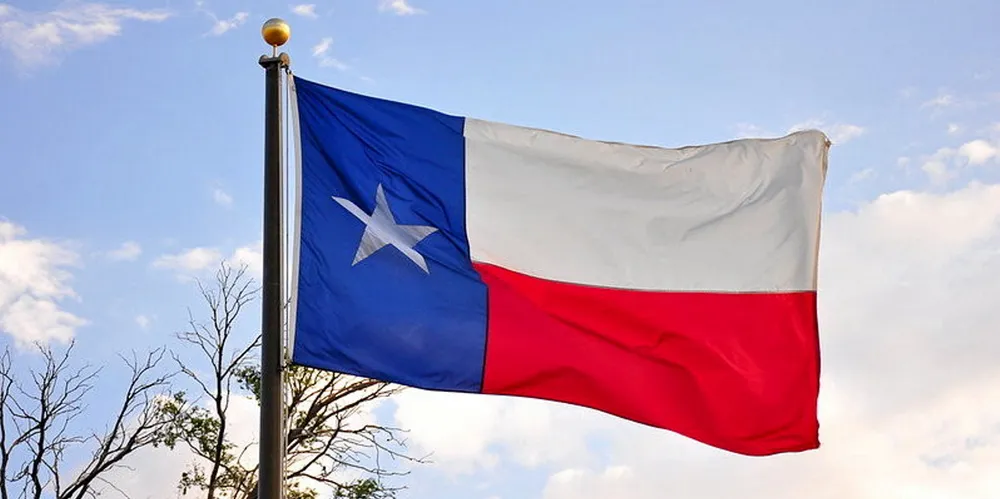'Disgraceful': furious blame-game erupts over wind as millions endure Texas blackouts
Recriminations begin as opponents take aim at renewables, while others point finger at grid and thermal generation

Recriminations begin as opponents take aim at renewables, while others point finger at grid and thermal generation
